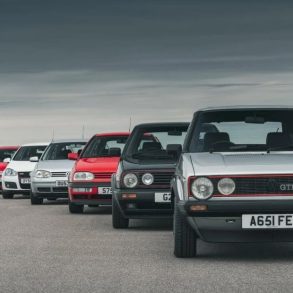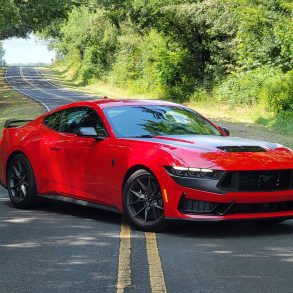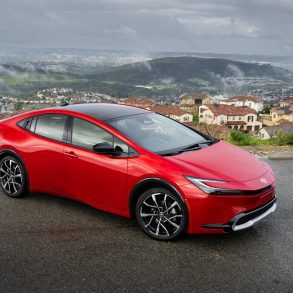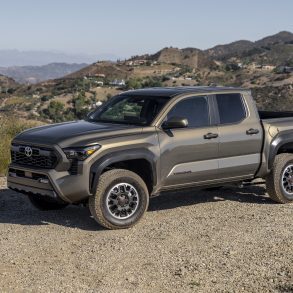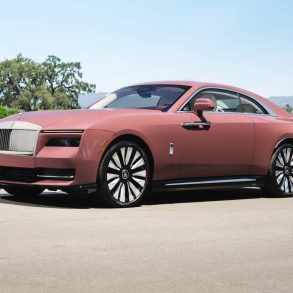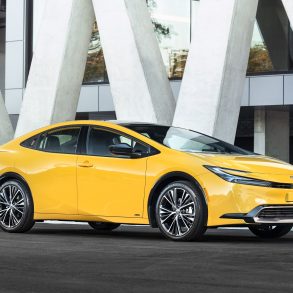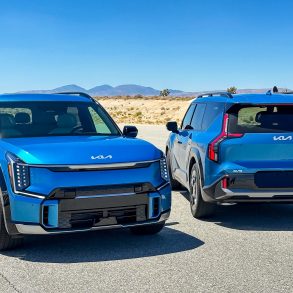In our series of car cultures around the world/international street scenes, after Morocco, Africa, Monaco, Europe and Nagoya, Japan, we’ll stay in Asia for a bit to observe the car culture of Bali, the Indonesian “Bounty Island”. The streets of Bali are actually flooded with small motorbikes, but I’ve still managed to find a few cars among those thousands of bikes. Don’t forget to check out my videos at the bottom of the page!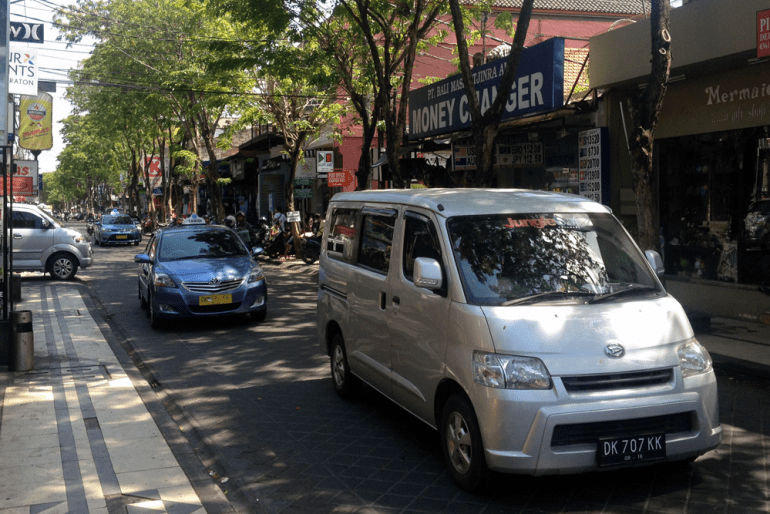
Daihatsu Gran Max Luxio MPV, 2 generations of Toyota Vios Taxi and Suzuki APV
And then I noticed that the Balinese are very single minded when it comes to their cars, as there’s not a lot of variation on the road. If I had to estimate, I’d say that 80% of the cars on the island are within a handful of models, which are the Toyota Avanza and its clone Daihatsu Xenia (4 out of 10 cars are one of these two), Toyota Kijang Innova, Suzuki APV, Daihatsu Gran Max in both the Luxio MPV version as the utilitarian and pick-up versions, Toyota Ayla minicar and its clone Daihatsu Agya, and Toyota Vios, which is the standard taxi in Bali.
Notice how these are all Japanese brands and mostly MPVs? That’s actually not that hard to explain: since cars (especially new cars) are almost unaffordable for the average Balinese family, almost all cars are owned by businesses, most notably in the tourist industry. These MPVs which can seat up to seven passengers are used as transportation for tourists, either by independent driver/guides or by hotels or businesses as a courtesy shuttle.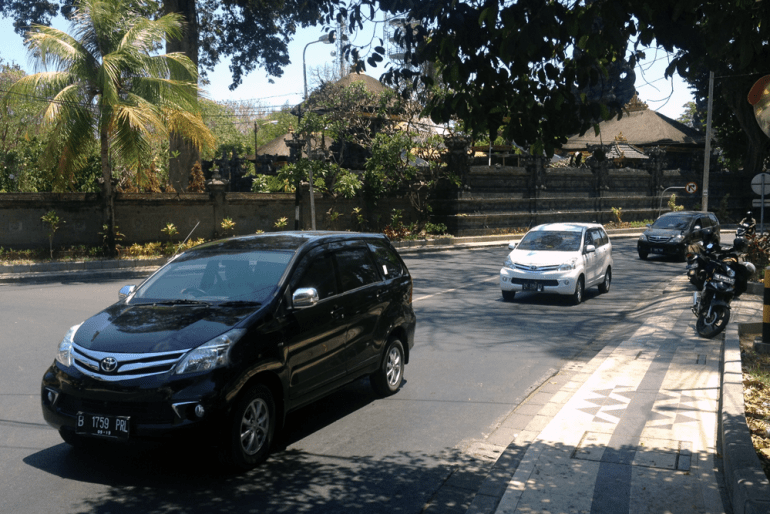
3x Toyota Avanza MPV in Bali
There are two reasons for the Japanese domination in the streets of Bali (and in fact all of Indonesia), one being that they benefit from decade-long domination during the time when Indonesia slapped very high taxes on imported cars, which resulted in local production. The second reason has a lot to do with the first: the widespread availability of spare parts and experienced mechanics.
And Bali being a relatively small island, and dominated by the tourism industry, this effect is even greater than in all of Indonesia. Still, when we look at the Indonesian sales charts, we see Toyota and its sister brand own virtually half of the market (49,3% market share), and the top-5 brands all Japanese and adding up to 88,8% share. The Indonesian top-20 models are all locally produced and the first non-Japanese model is the Chevrolet Spin in the far bottom of the top-40, and is also produced in Indonesia and is also an MPV, as Indonesians still have a clear preference for this body style. I guess the SUV and crossover craze still has to start here. Perhaps the relative successful launch of the Honda HR-V is a sign of things to come, but as long as functionality has priority over style, I think MPVs will stay popular for some time to come. Besides that, the Toyota Avanza/Daihatsu Xenia as well as the Toyota Kijang Innova could already be qualified as a crossover between an MPV and and SUV.
The dominance of the Avanza and Xenia has actually decreased in the past few years, as competitors have started to introduce similar models as well. The most successful is the Suzuki Ertiga, with the Honda Mobilio and even the Datsun Go Plus also relatively popular. The Chevrolet Spin has been much less fortunate. However, these models appear to have mostly eaten into volumes of the perennial #2 Daihatsu Xenia, as the Avanza is still superior in first place.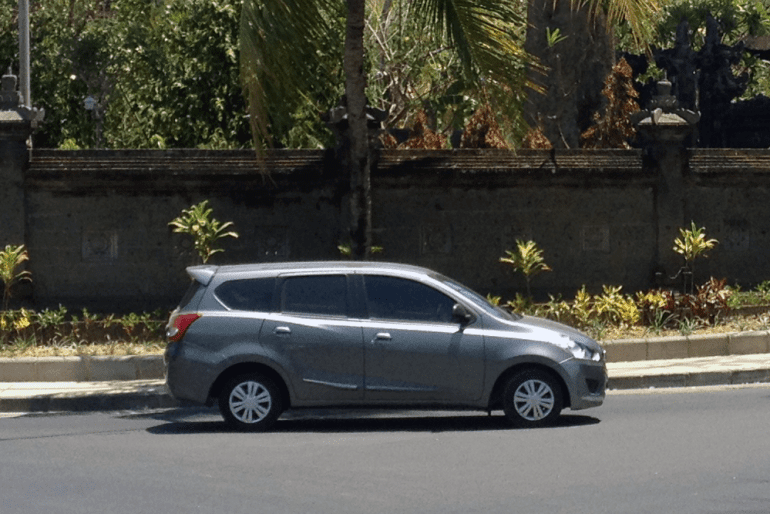
Datsun Go Panca Plus
Indonesia is one of the countries where Datsun has been relaunched a few years ago, and they must have done their market research right, as they launched the Datsun Go (Panca) Plus, which is in fact the MPV version of the Datsun Go hatchback. Contrary to India, where Datsun hasn’t broken through yet, the brand can be considered successful in Indonesia, with over 25.000 sales in its first 12 months.
Back to Bali, where you won’t find more than a handful of modern European models, although I did see a few older ones, like a Mercedes-Benz W124, a BMW 3-series E36, a VW Microbus and a VW Thing. I did see a few Chinese brands, though. I spotted a few Geely King Kong taxis between the hundreds of Toyota Vios, and I saw a Geely Panda, but too late to grab my camera.
You may notice the Toyota Agya and the Daihatsu Ayla minicars to be the odd ones out in the best sellers list, and that’s because they’re the result of a government incentive, the Low Cost Green Car initiative, giving small, fuel efficient and locally produces cars a tax break in order to stimulate the Indonesian automotive industry. As a result, the Ayla is priced from 87 million Rupiah, which is just € 5.800,- or US$ 6,300.
One funny thing about Bali: with so many motorbikes on the streets, some local businesses have found a new source of additional income from selling petrol in small quantities in a stall by the streets. They refill empty Absolut Wodka bottles (I have no idea why only this type of bottle) and sell it to quickly top up the fuel tanks of motorbikes, so they don’t have to drive out of town to a gas station. I’ve seen it all over the island and it was just amazing to see. Such things would never be allowed in Europe, if only for (fire)safety and environmental reasons.
Videos
A typical intersection with cars, trucks and dozens of motorbikes seemingly in a state of chaos, but it all goes well.
Up and down a mountain on my motorbike, where you can see how dominant the Avanza really is (view in YouTube to read in the description which cars you’re seeing):

